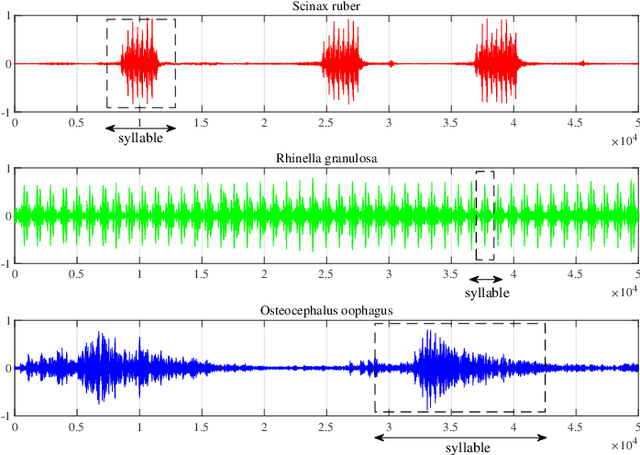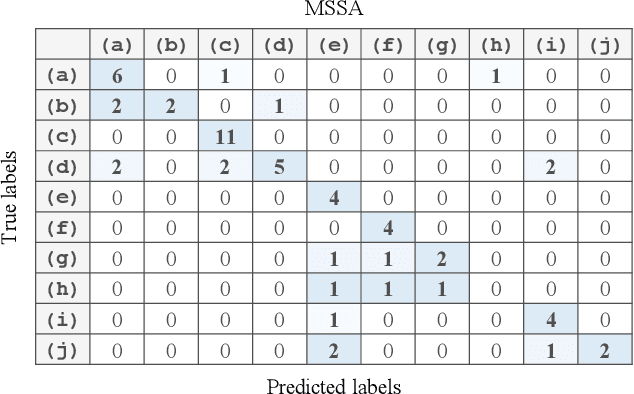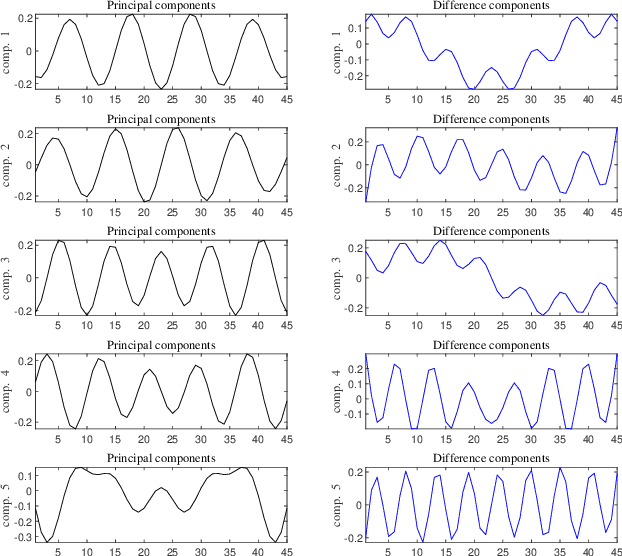Discriminative Singular Spectrum Classifier with Applications on Bioacoustic Signal Recognition
Paper and Code
Mar 18, 2021



Automatic analysis of bioacoustic signals is a fundamental tool to evaluate the vitality of our planet. Frogs and bees, for instance, may act like biological sensors providing information about environmental changes. This task is fundamental for ecological monitoring still includes many challenges such as nonuniform signal length processing, degraded target signal due to environmental noise, and the scarcity of the labeled samples for training machine learning. To tackle these challenges, we present a bioacoustic signal classifier equipped with a discriminative mechanism to extract useful features for analysis and classification efficiently. The proposed classifier does not require a large amount of training data and handles nonuniform signal length natively. Unlike current bioacoustic recognition methods, which are task-oriented, the proposed model relies on transforming the input signals into vector subspaces generated by applying Singular Spectrum Analysis (SSA). Then, a subspace is designed to expose discriminative features. The proposed model shares end-to-end capabilities, which is desirable in modern machine learning systems. This formulation provides a segmentation-free and noise-tolerant approach to represent and classify bioacoustic signals and a highly compact signal descriptor inherited from SSA. The validity of the proposed method is verified using three challenging bioacoustic datasets containing anuran, bee, and mosquito species. Experimental results on three bioacoustic datasets have shown the competitive performance of the proposed method compared to commonly employed methods for bioacoustics signal classification in terms of accuracy.
 Add to Chrome
Add to Chrome Add to Firefox
Add to Firefox Add to Edge
Add to Edge